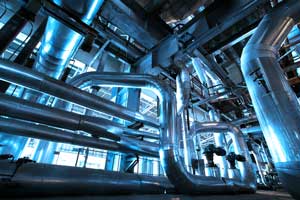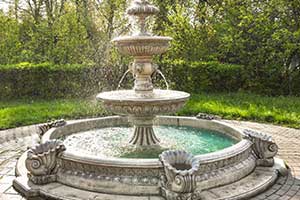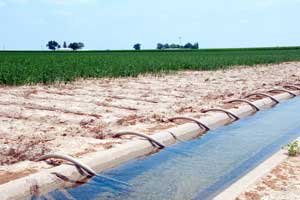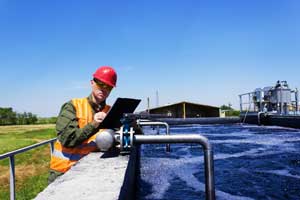Considerations when choosing industrial piping.

When you’re running a manufacturing plant, it can seem as though there are more regulations than could possibly be followed, and because manufacturing covers such a diverse array of activities, the specifications for drain piping can be just as complicated. How do you select the proper piping to get waste out of your plant? Here are some considerations:
What’s going down the drain?
The first thing to consider is what you’re sending down the drain. Do you need to have separate disposal lines for particular items or does the waste need to be treated or diluted before going down the drain? Knowing what you’re dealing with is the very first step in the process.
Is it hot or cold?
Some pipe materials, such as PVC and some other plastic piping, will not deal well with hot temperatures. Materials such as CPVC do handle high temperatures very well.
Will it react with the pipes?
Some metals will react badly with particular compounds, causing unintended chemical reactions, including those that can cause the pipe to fail early on. On the other hand, plastics will also react to certain substances. Knowing what chemicals are being used is also an important consideration.
Will it corrode the pipes?
Steel and iron are two metals we think of most often with regards to corrosion, but that process can be rapidly accelerated around particular compounds, including those that contain salt. As the metal oxidizes, it can create weak spots in the pipes.
Is it under pressure?
If you’re having to force the waste out through a transfer pump, are the pipes rated for the pressures they may be operating under? If not, you could end up with a big mess on your hands in addition to liability and clean-up costs.
With all these considerations, it’s easy to see why many businesses count on companies like W. P. Law to take care of their drainpipe needs. We’ve been serving the industry in South Carolina for over 45 years and welcome the opportunity to help you with your piping questions and needs. Please contact us with any questions or concerns about your projects.











